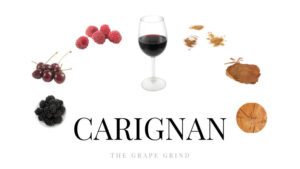
Carignan
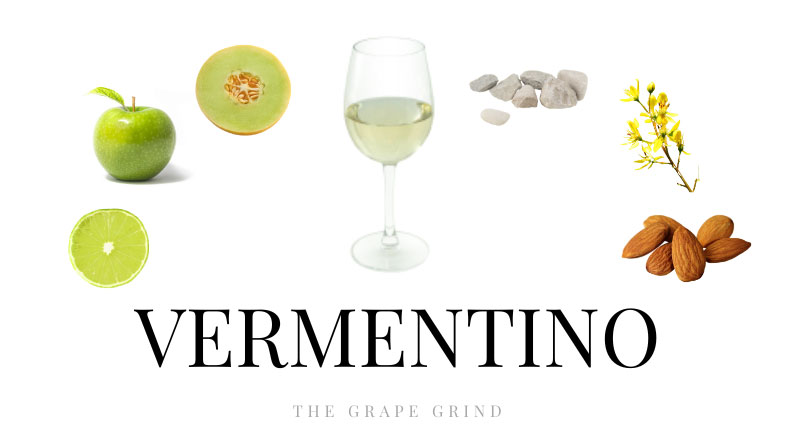
Vermentino is a thin-skinned, early-budding, late-ripening grape that thrives in a warm Mediterranean climate. This variety grows primarily in Sardinia, Italy, producing a unique, refreshing dry white wine with citrus aromas of lemon and lime, along with green apple and pear. Among those notes are bright herbal notes with almond undertones. On rare occasions, Vermentino may be blended with Trebbiano, but it is generally best as a single varietal wine. It pairs well with most food and is best enjoyed when consumed young and fresh.
Although it is still relatively obscure outside Italy and parts of the Western Mediterranean, Vermentino is finding a home among niche producers in Australia, in California’s Temecula Valley, and along the Sonoma Coast!
A few more notes on Vermentino:
The following guide will illustrate what Vermentino often tastes like (aroma, flavor, and structure). It will also tell you where it’s from, provide you with common food recommendations, similar varieties, and let you know why you should be drinking more of it!
Vermentino has naturally high acidity, which diminishes very little during the winemaking process. The high acidity expresses itself as lemon and lime juice with some grapefruit pulp on the finish. The light-bodied nature of the wine contributes to its refreshing quality.
Most wine enthusiasts agree that Vermentino is a wine with significant minerality on the palate. How to describe the minerality is a matter of debate. While some describe it as “salty,” “chalky,” or “crushed oyster shells,” I like the term “wet stones.” The minerality of Vermentino adds to its complexity and refreshing character.
If there were ever a wine you could take to a pot-luck, this is the one. Vermentino is extremely food friendly. It pairs with anything from the sea, as well as lighter red meats like lamb or veal. It compliments pasta dishes and veggie dishes made from raw or roasted vegetables.
STANDARD TASTING NOTES: These are your benchmark exam-style tasting notes.
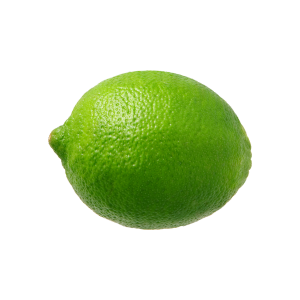
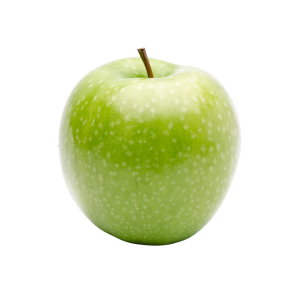
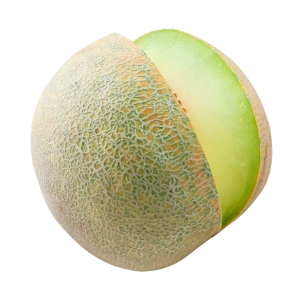

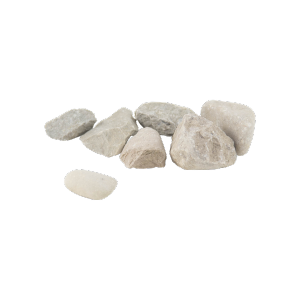
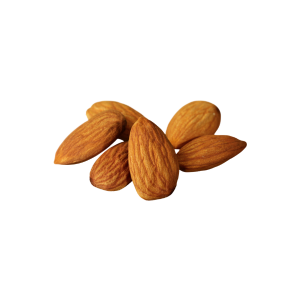
Keep in mind the flavor of wine will depend greatly on your palate, and not all wines may exhibit these aromas and flavors!
There is no “one size fits all” when it comes to structure for every grape, however, there IS a general range when it comes to body, acid, alcohol, and tannin for each. Below are general guidelines for classic representations. Growing conditions and winemaking techniques can impact each of the following.
Think of body as the difference between water, skim milk, and whole milk. The lighter the body, the more akin to water it will feel. Vermentino is generally light bodied, but its complexity often gives it a slightly heavier weight on the palate. A creamier, more medium bodied wine is produced when the fermented wine is put through malolactic fermentation—one of the two most common styles of Vermentino.

Acidity can be measured by how much saliva builds up in your mouth after you swallow the wine. The more acidic the wine, the more saliva you produce. The Vermentino grape is naturally high in acidity and has the ability to hold onto that acidity throughout the winemaking process. The high acidity contributes to the refreshing nature of the wine.

Alcohol gives you that “burn” feeling after taking a sip. The Alcohol by Volume (ABV) of a Vermentino is usually around medium (between 12%-13%).


Primarily in: Sardinia and Tuscany
The Vermentino grape is most closely associated with the island of Sardinia off the coast of Italy. It can also be found growing in Liguria,Tuscany, and parts of Piedmont. Known as Rolle in France, the Vermentino grape is also grown successfully in Corsica and along the French Riviera through Provence and into the Languedoc region. The best expressions of Vermentino come from seaside vineyards where exposure to seabreezes and salt spray give the wine its unique minerality.
Other areas: Though still relatively unknown, the Vermentino grape can be found in several prestigious coastal AVAs of California, as well as in southern Oregon. In the past two decades, Australia has begun to find commercial success with Vermentino grown in the warmer areas from Murray Darling to McLaren Vale.
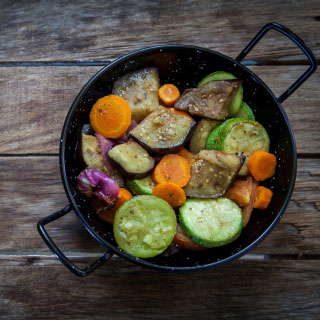
Vermentino has great herbaceous notes that are highlighted by the earthiness of fresh roasted vegetables. The high acidity and the citrus notes balance the natural sweetness of veggies making for a perfect meal. Vermentino is especially delicious with asparagus, artichokes, squash, carrots, and sun-dried tomato.
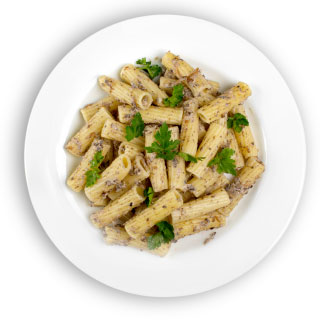
The green apple and citrus notes are so complementary to savory, herbal flavors. The slight nuttiness found on the finish adds a layer of complexity to the wine and elevates the simplicity of the pasta. The characteristic minerality brings out the savory notes of herbs and spices.
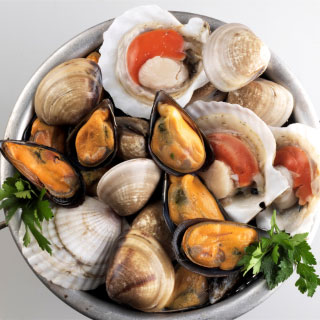
Vermentino’s home in Sardinia is known for its amazing shellfish and other seafood dishes. It only makes sense to pair the local wine with the local food. The strong citrus notes bring out the flavors of the seafood and the pairing is balanced by the aromas and flavors of green apple, pear, and melon. The high acidity and minerality of Vermentino are well-suited to the richness of shellfish, salmon, and other types of seafood.
Other Pairings: The food-friendly nature of Vermentino cannot be overstated. Other great pairings include roast lamb, veal, and even a mild Italian sausage.
(common confusions)
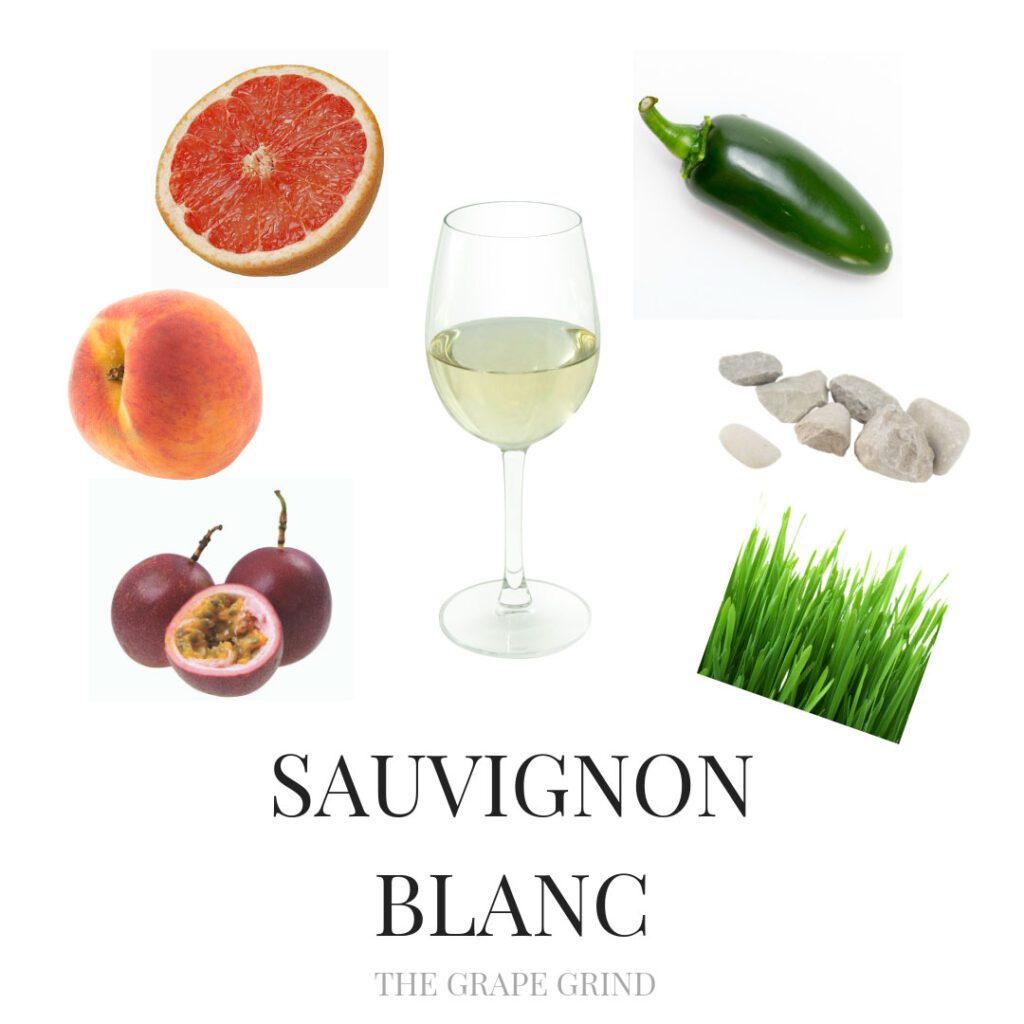
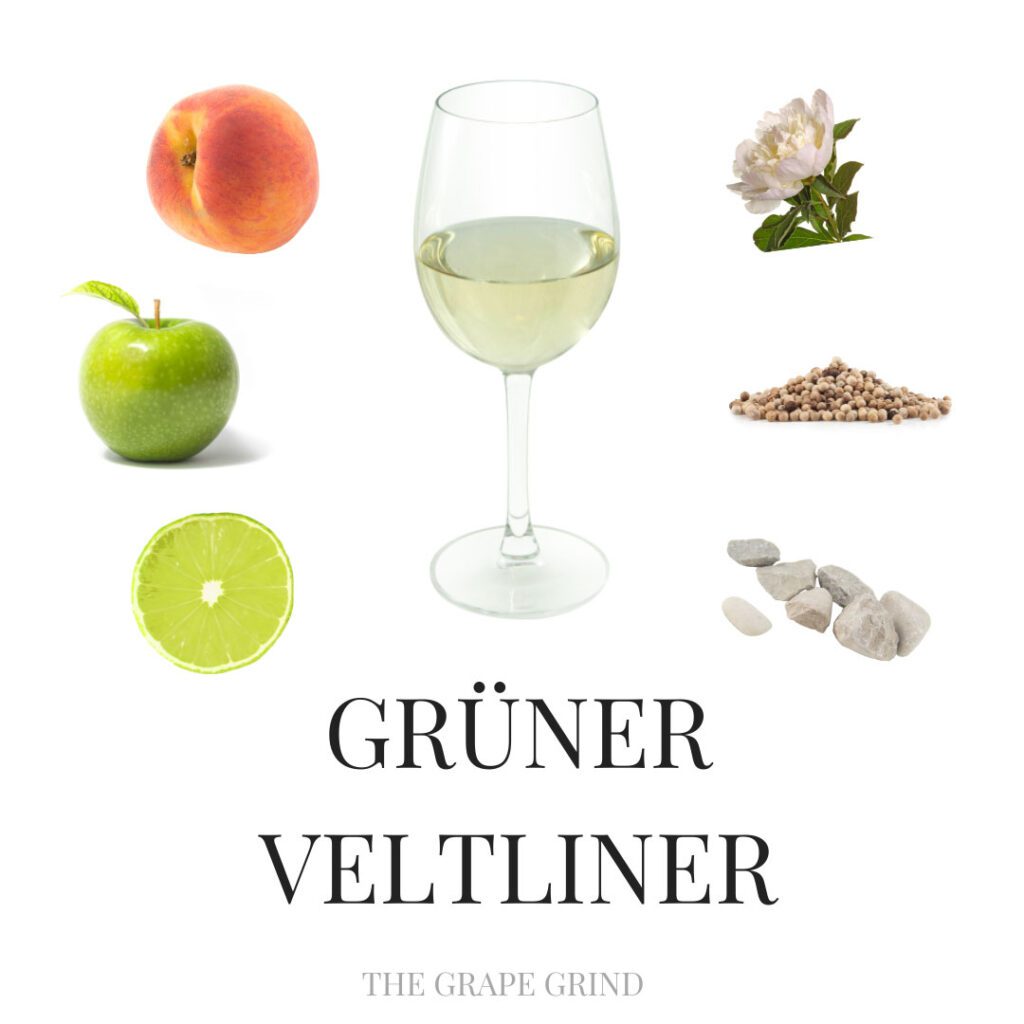
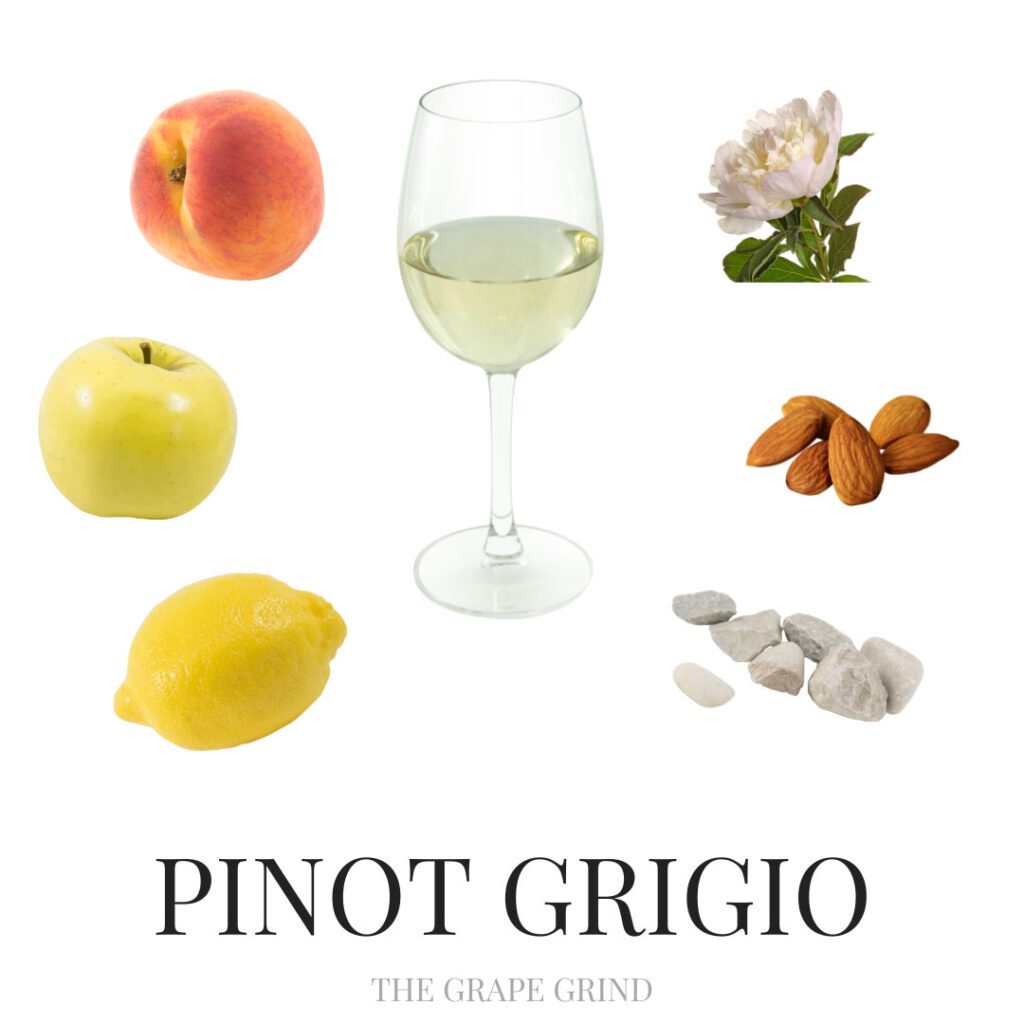
↑ Wine.com is an affiliate partner. We earn a small referral commission at no extra cost to you!. I will never recommend anything that isn’t valuable or useful in my wine study journey, or something I have no experience with. I hope these products/resources are equally helpful in your wine journey.
No matter your current skill level, we can help you improve – pass that exam, share your wine knowledge with others, guide your buyers, enhance your guests’ experience, and show up with confidence and credibility as a wine professional!
Want to get better at tasting wine?